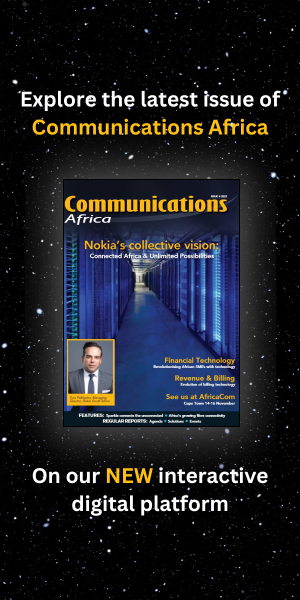
Integrity360 acquires Redshift in South Africa, boosting cybersecurity services, expertise, and regional expansion
Integrity360, continuing its global growth strategy and dedication to Africa, has acquired Redshift, a respected Johannesburg-based cybersecurity services firm. Financial details of the deal were not disclosed
This move follows Integrity360’s earlier regional investments, including the 2024 and early 2025 acquisitions of the Grove Group and Nclose.
The acquisition expands Integrity360’s South African presence to a team of over 230 employees serving clients across the continent. Its Johannesburg and Cape Town operations also function as key hubs for the group’s integrated global Security Operations Centre (SOC), delivering a full suite of managed services, including EDR (Endpoint Detection and Response), XDR (Extended Detection and Response), and MDR (Managed Detection and Response) solutions to both local and international clients.
Founded in 2015, Redshift has earned a strong reputation for excellence in cybersecurity testing and other specialized services, such as cybercrime investigations, anti-fraud advisory, scammer group takedowns, cyber intelligence, and managed services. Redshift adds approximately 50 customers, including leading South African finance, banking, and telecommunications organisations, and around 40 additional employees to the Integrity360 group.
Redshift will serve as a regional centre of excellence for cybersecurity testing and integrate closely with Integrity360’s existing advisory and managed services teams. Integrity360 plans to invest in expanding the business by leveraging the group’s extensive resources.
Redshift clients will gain access to Integrity360’s comprehensive cybersecurity portfolio, encompassing cyber risk and assurance, 24/7 incident response and forensics, infrastructure and technology services, PCI compliance, operational technology consulting, and a full range of managed services, including Managed SASE (Secure Access Service Edge), Managed CTEM (Continuous Threat Exposure Management), and advanced XDR/MDR solutions. Integrity360 has been recognised five times in Gartner market guides, most recently for Incident Response and Forensic services.
Ian Brown, executive chairman at Integrity360, said, “We are very excited to be welcoming Sean, Cailan and the entire Redshift team to Integrity360. The reputation and expertise they have developed since their formation in 2015 is highly impressive and we are looking forward to helping them provide an enhanced set of services to their customers and expanding further in the African market over the coming years.”
Sean Howell and Cailan Sacks, directors of Redshift, added, “This is a significant moment for us, and we could not be more delighted that Redshift is joining Integrity360 and continuing the growth and development of the business that was initially started by Sean a decade ago. Thanks to the support of our customers and employees, Redshift has grown enormously during that time, and having spent considerable time with Ian, and the wider Integrity360 leadership team, we are confident will continue to do so being part of the Integrity360 group. We are excited about the future for us as an organisation, for our people and in particular for what the enhanced group can provide our customers moving forward.”

























